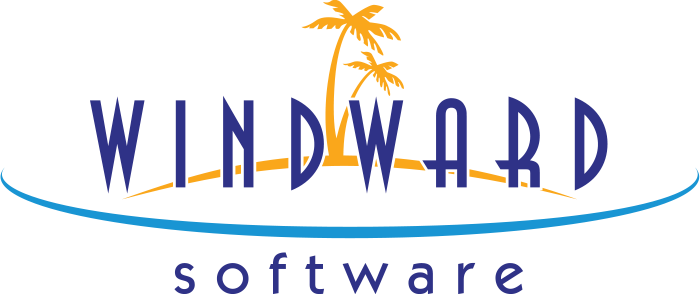Inventory Control Software: Push vs Pull Inventory Control Methods

There is ongoing debate as to which inventory control method works best: ‘push’ or ‘pull.’ Each approach has its pros and cons that require careful consideration. However, for those who use reliable inventory control software, it’s possible to adopt either management system with exceptional results.
The decision to use one method over the other will largely be based on the type of business you operate. The other determining factor will be your ability to meet product demand while limiting:
- Inventory control costs
- Carrying costs
- Ordering costs
By understanding what is meant by push and pull inventory control, as well as the risks and rewards associated with each one, you’ll have a better idea of which system is right for you.
Push Inventory Management
This approach to inventory control management relies on a company’s ability to forecast demand for their products. When coordinated effectively, you’ll be assured of having enough inventory on hand to meet any order request. Push inventory control requires careful business analysis to determine:
- Which products are in demand?
- What volume of product are expected to sell?
The more accurate and insightful your inventory control software is, the better positioned you’ll be to predict buying trends.
Of course, the primary risk with push inventory management is that if your calculations are off, you could be left with surplus inventory that will:
- Increase inventory costs
- Require additional warehouse storage
- Reduce profits (through product markdowns, for example)
However, there are many reliable point of sale software systems (also known as POS software) on the market today that feature advanced reporting capabilities to give managers the insight they need to make accurate decisions. They can collect and analyze consumer data to identify buying trends based on:
- Annual sales variances
- Year-to-date comparisons
- Customer profiles (i.e. demographics)
Pull Inventory Management
Pull inventory, which is sometimes referred to as ‘just-in-time’ inventory, works in the complete opposite manner to push inventory. This strategy aims to drastically minimize inventory costs by providing product on an on-demand basis. In other words, when a client places an order, it gets forwarded to a supplier to be filled.
As you can see, this approach virtually eliminates the risk of being left with unsold stock. It also gives businesses greater flexibility to adjust to consumer buying trends as they unfold. When combined with the real-time reporting capabilities of POS software, your ability to adapt is significantly increased.
However, in order for this tactic to work, it requires a well-oiled supply chain. Businesses that follow this model:
- Are more reliant on their suppliers
- Are more likely to experience stock-outs and product delays
- Will likely have to place orders more frequently
Should your supply chain falter, it will have an adverse effect on customer satisfaction.
To learn more about the effect of just-in-time inventory, read: Inventory Control Software: Rewards and Risks of Just-in-Time Inventory.
Do you need inventory control software that works with your business management strategy? Call Windward Software to see how our fully integrated business management system can be customized to the way you operate.







